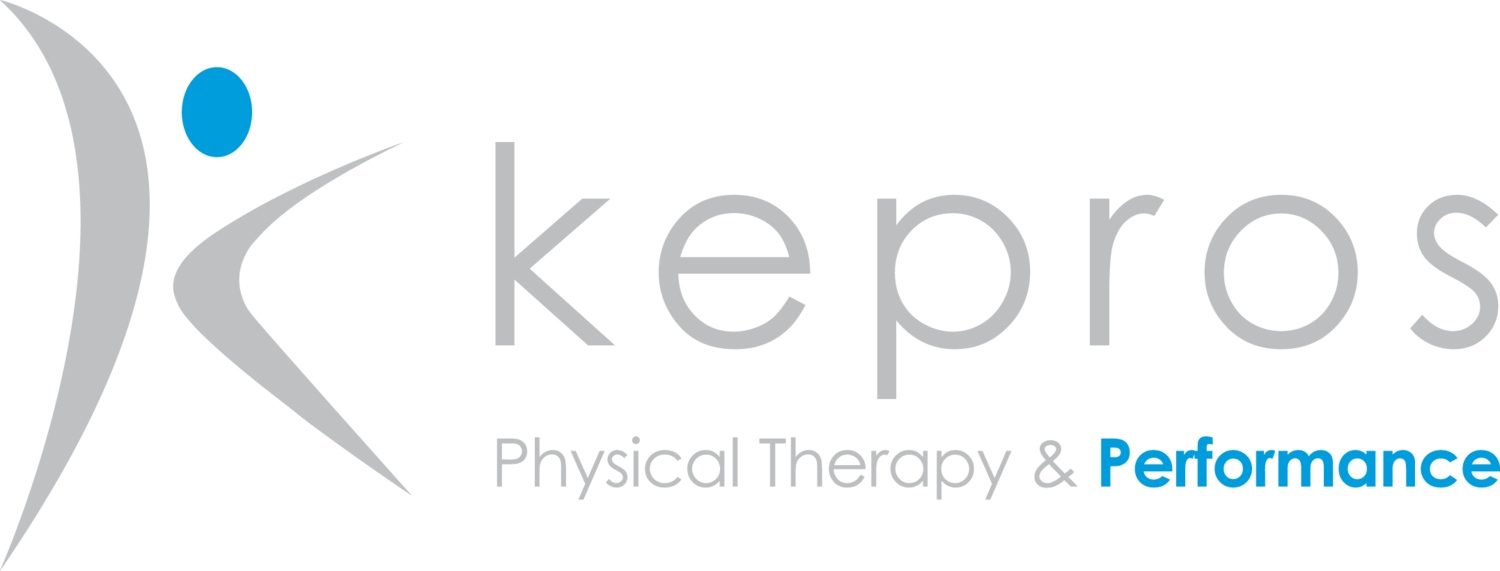Do we all have to move the same way?
When we are exercising, there is often a perception of the “ideal” way we are supposed to move. This may be an internal model, an instructor in front of the group, or instructions to make sure the movement is precise.
These models are very helpful, especially when learning a new skill, but do we all have to perform a movement the exact same way we see a professional athlete perform in the video we see online? The short answer is no, because we all have different anatomy, muscle control, and background.
Let’s use a squat as an example, because this is a movement we all perform often every day without really thinking about it (picking up something from the floor, standing up from a chair, etc). People with different body types will have to perform this movement differently, and it may not match the “ideal” movement that is taught or demonstrated. Individuals with relatively shorter femur (thigh bone) length compared to their torso are going to have an easier time getting lower while keeping their shoulders over their center of gravity. Compare this to a person with longer femurs compared to their torso who will have to move their hips further back and shoulder further forward to maintain their shoulders over the same center of mass. Other variables likely to affect squat form include the angle of the hip joint, ankle mobility, strength through glutes or quad, shoulder mobility (especially if lifting with barbell), balance, and others.
Another movement with wide variations is throwing a ball. Everyone develops their own strategy that is most effective for their individual needs. No two people throw the exact same way, and the exact strategy may change depending on what we are throwing, or how we want to throw it (throwing a fastball vs. throwing a basketball.) Although we are all different, there are some basic skills and fundamentals we need to be able to support our body and stabilize to propel the ball in the desired direction.
There are many things that can affect how we move with certain movements or tasks.
· Anatomy
· Training status
· Experience
· Pain
· Energy levels
· And many more
Whether you are in pain, or looking to be more effective, reach out so we can help you with an individualized program to get you back moving and participating in the activities you enjoy.


